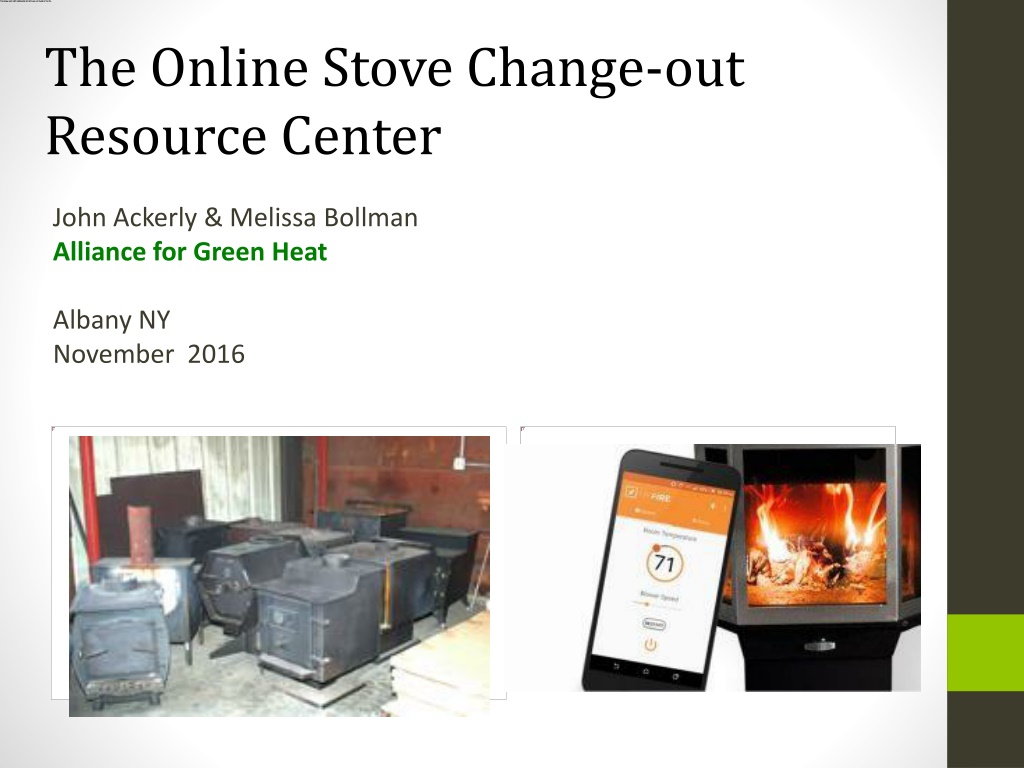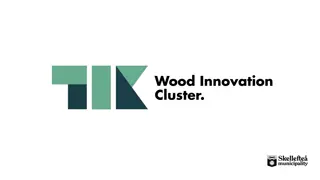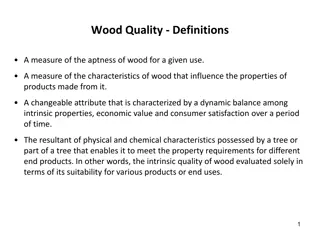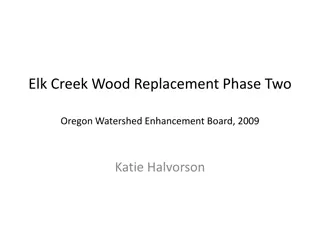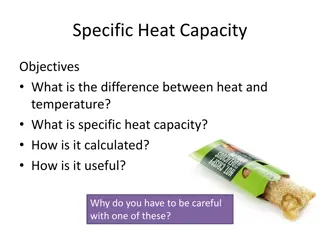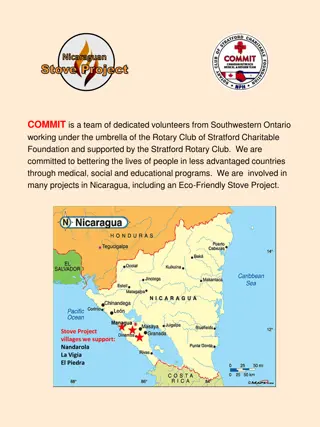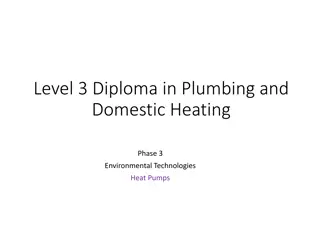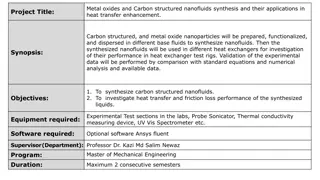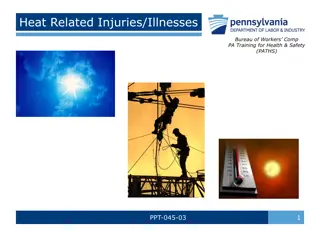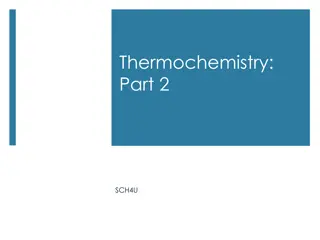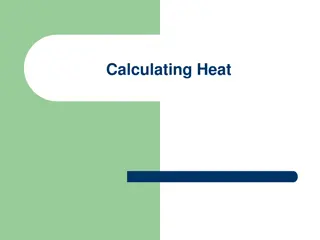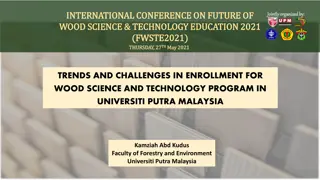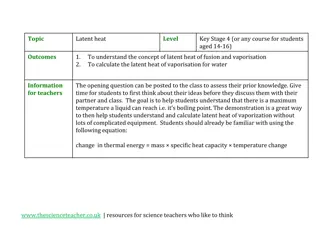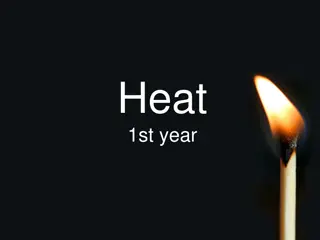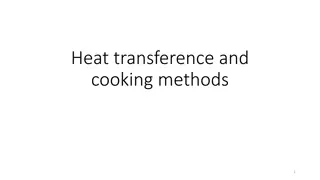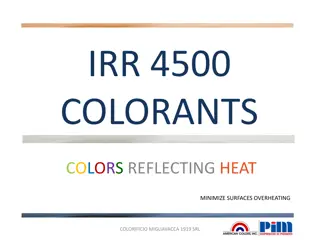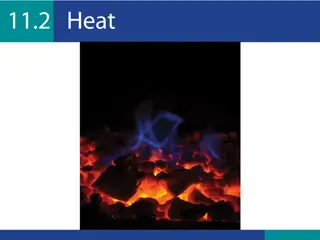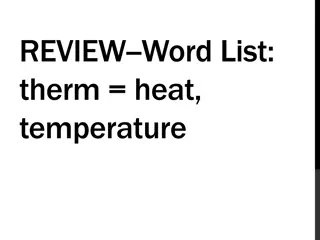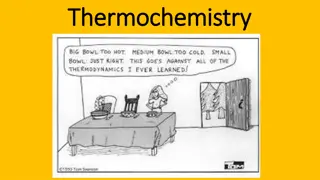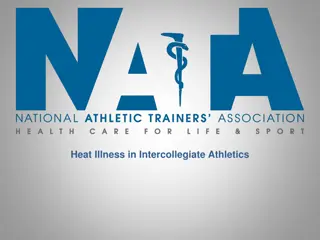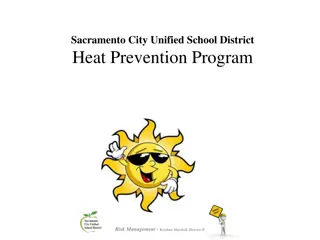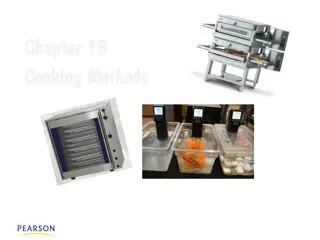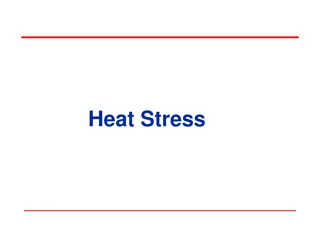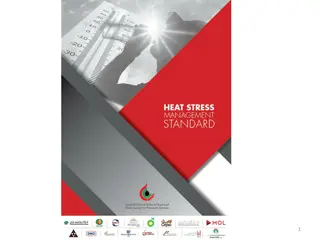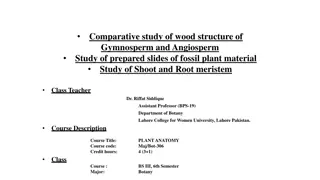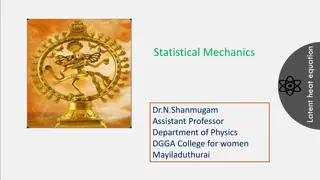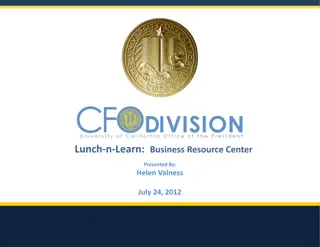Insights into the Online Stove Change-Out Resource Center and Wood Heat Programs
Discover the mission of the Online Stove Change-Out Resource Center, a 501c3 nonprofit advocating for clean biomass heaters. Explore their efforts to increase incentives, transparency, and efficiencies in the wood heat industry. Get a glimpse into their current reach and the trends and averages from various wood stove incentive programs in 2016.
Download Presentation

Please find below an Image/Link to download the presentation.
The content on the website is provided AS IS for your information and personal use only. It may not be sold, licensed, or shared on other websites without obtaining consent from the author. Download presentation by click this link. If you encounter any issues during the download, it is possible that the publisher has removed the file from their server.
E N D
Presentation Transcript
The Online Stove Change-out Resource Center John Ackerly & Melissa Bollman Alliance for Green Heat Albany NY November 2016
501c3 nonprofit funded by foundations & grants A national voice for wood heat consumers Work for more incentives for the cleanest & most efficient biomass heaters Host technology design competitions to explore automated, next generation stoves Push for more transparency from manufacturers and EPA about testing and efficiencies. Integrate stoves into work of energy auditors and home energy professionals.
Current reach of organization Blog gets 30,000 readers each month Website gets about 30,000 hits per month Monthly newsletter goes to 10,000 people and read by about 2,000 per month Goal is 20% increase per year for all platforms Annual budget is now approximately $200,000
Online Stove Change-out Resource Center Consumer Tips - 10 Best Practices Analysis of Change-outs List Of Programs Vouchers vs Rebates Recommendations for States Program Monitoring Sample Documents Recommended Videos
35 change-out programs in 2016 Yellow stars: change-out program; Red circles: incentive programs
Averages and trends of 2016: data from these 35 programs gives valuable context Alaska Arizona Phoenix California Alpine Bay Area El Dorado Marin Northern Sonoma Placer Plumas Sacramento San Lorenzo San Joaquin San Luis Obispo South Coast Truckee Maine Massachusetts Statewide Montana Butte-Silver Bow Nevada Western Nevada New Hampsire New York Statewide Oregon Pendleton Vermont Washington Columbia Valley Kittitas Pierce Spokane Thurston County Vancouver Wenatchee Manufacturer J tul Colorado Fort Collins Northern Colorado Idaho Statewide Portneuf Washington County Fairbanks
Selected data from the 35 programs Avg. Wood stove incentive Median wood stove incentive Avg. Pellet stove incentive Median pellet stove incentive Avg. Bounty amount Avg. Cost per change out Avg. Lowest cost per stove Avg. Highest cost per stove % programs not requiring pro install 25% % programs not allowing wood stoves 25% $910 $600 $1,290 $1,000 $400 $1,860 $400 $3,000
10 Best Practices 1. Prioritize who gets funds, if funding is limited. Higher priority could go to homes that use wood as a primary heating source or homes in more densely populated areas. 2. Give higher rebates and/or limit options to cleaner stoves. More $ for pellet and/or gas or heat pumps Treat automated wood stoves like pellet stoves. Quadrafire sAdventure stoves and MF Fire s Catalyst represent a new era for wood stoves. 3. Right size rebate. Closing program after a week is usually not a sign of success, but may mean smaller rebates should apply.
10 Best Practices contd 4. Education. Education is very inconsistent and few best practices within this arena exist. 5. Bounty programs. They are generally under-utilized and could also apply to stove retailers, year-round. 6. Bounty programs. They are generally under-utilized and could also apply to stove retailers, year-round. 7. Efficiency. This is a hugely underappreciated arena. We believe its past time to stop putting public money into pellet stoves that are under 65 or 70% efficiency.
10 Best Practices contd 7. Give consumers options not just on heating technologies, but also on whether to purchase from a specialty retailers or a big box store. 8. Advance policy steps. Prior to a change-out, jurisdictions should try to ensure that the future resale and installation of uncertified stoves is forbidden. Otherwise, program benefits will be undermined. 9. Energy audits, weatherization and low-income programs. Huge potential here. Change-out programs need to better integrate subsidized energy audits, weatherization and LIHEAP programs. Those programs have funds to replace old stoves! 10. Evaluation and monitoring. Should be integrated into the program from the start not an afterthought and made public.
Efficiencies 125 stove models, or 25% of all stoves, now have actual, listed efficiencies. Pellet stoves have widest range. Hybrids are cleanest on average. No change-out or incentive program prevents public funding going to the least efficient stoves, even for low- income households!
DOE WAP update Weatherization Assistance Program (WAP) is finally better integrating wood and pellet stoves to the Health & Safety program requirments. Most states get WAP funds for subsidized weatherization and energy upgrade work, enabling contractors to inspect stoves, and potentially repair or replace it, just like they do with fossil fuel heaters. Check for EPA certification Check clearances, cracked glass, smoke leakage, etc. Should lead to more work for stove retailers & installers & chimney sweeps
Thank you! John Ackerly jackerly@forgreenheat.org Melissa Bollman melissa@forgreenheat.org Alliance for Green Heat Takoma Park, MD www.forgreenheat.org 301-204-9562
